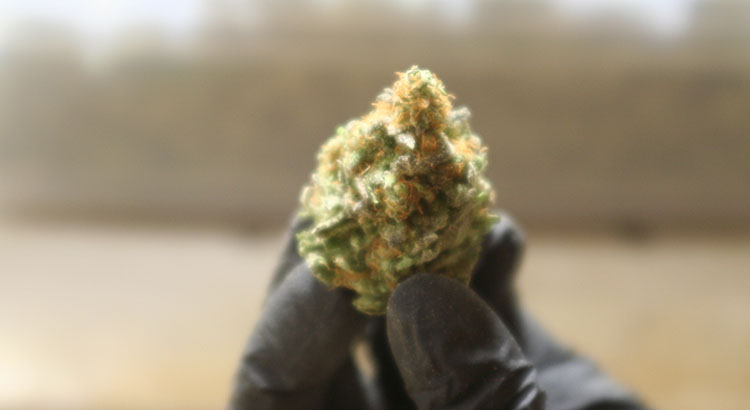The cannabis industry in Washington State is extremely competitive, and profit margins are small (despite assumptions). For growers, the pressure to increase the yield of crops and shorten growth cycles has motivated some to use plant growth regulators (PGRs) to speed growth, maximize density and increase profits.
The first modern PGR was discovered in the 1880’s as the plant hormone Auxin. Since then, other natural and synthetic hormones were discovered and developed, and they have been used extensively since the mid-20th century to improve the yield of food crops and the appearance and hardiness of ornamental plants and trees.
In the 1980’s, the FDA started banning the use of many synthetic hormones as potentially carcinogenic, but many natural and some synthetic hormones are still used in agriculture as PGRs. Many major food crops are routinely grown with the help of PGRs, and the practice has moved into the cannabis industry, where PGRs are used to manipulate growth rates, density of flowers, root development, etc.
Fortunately, Washington State bans the same PGRs from use on cannabis crops that it bans from use on food crops (this law applies to the use of pesticides and herbicides as well). However, there are no rules restricting the use of other PGRs, and this may be of concern to discerning cannabis consumers.
While no evidence exists that the use of legal PGRs in cannabis production is harmful to consumers, the resulting product may be very different than cannabis that is grown without PGRs. Cannabis grown with PGRs produces very dense flowers that are much less abundant in glistening trichomes, and thus lower in terpenes, the essential oils that give each strain its unique qualities. The flowers may have little aroma and little taste beyond “gassy,” and the highs may lack nuance and subtlety.
Fortunately, the differences between PGR and non-PGR cannabis are noticeable. Flowers grown with PGR are often abundant in red hairs, both on the outside and permeated throughout. In contrast to flowers grown without additional hormones, PGR-grown flowers often appear rock-like, covered in pits and looking like pumice. They also lack any frosty appearance associated with trichomes.
PGR-free flowers tend to be looser with an abundance of glistening trichomes and their related terpenes. Instead of feeling damp as PGR cannabis may seem, they should feel sticky with resin. They will also be more colorful, with brighter greens, purples and oranges, and their flavors and aromas will be more complex and intense.
The health effects of PGR use in the cannabis industry aren’t fully understood, but no evidence exists that those chemicals approved by the state of Washington are harmful to consumers, and their use by licensed growers should not be seen as a case for alarm. However, non-approved PGRs have been proven to be carcinogenic, and non-licensed growers are under no obligation to avoid their use.
Cannabis consumers have more power now than they ever have, and the choices they make will determine the quality of the products offered by growers. The cannabis industry is extremely competitive, and the use of plant growth regulators will likely continue. It will be up to consumers to determine how much they may be willing to compromise on taste, aroma and ultimate effect.
The experienced budtenders at Fire and Frost Cannabis in Vancouver, Washington, can help you with further questions about plant growth regulators and their effects. As a licensed dispensary, Fire and Frost only sells cannabis from licensed growers, so you can feel confident that no banned PGRs or pesticides have been used in the products we sell.


